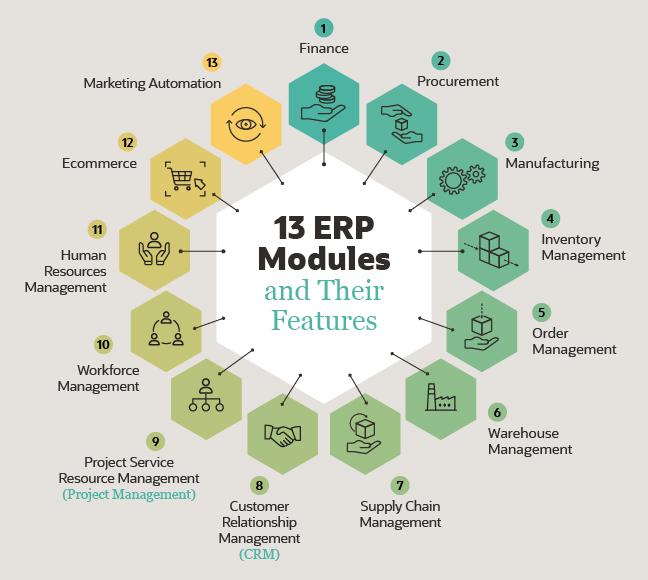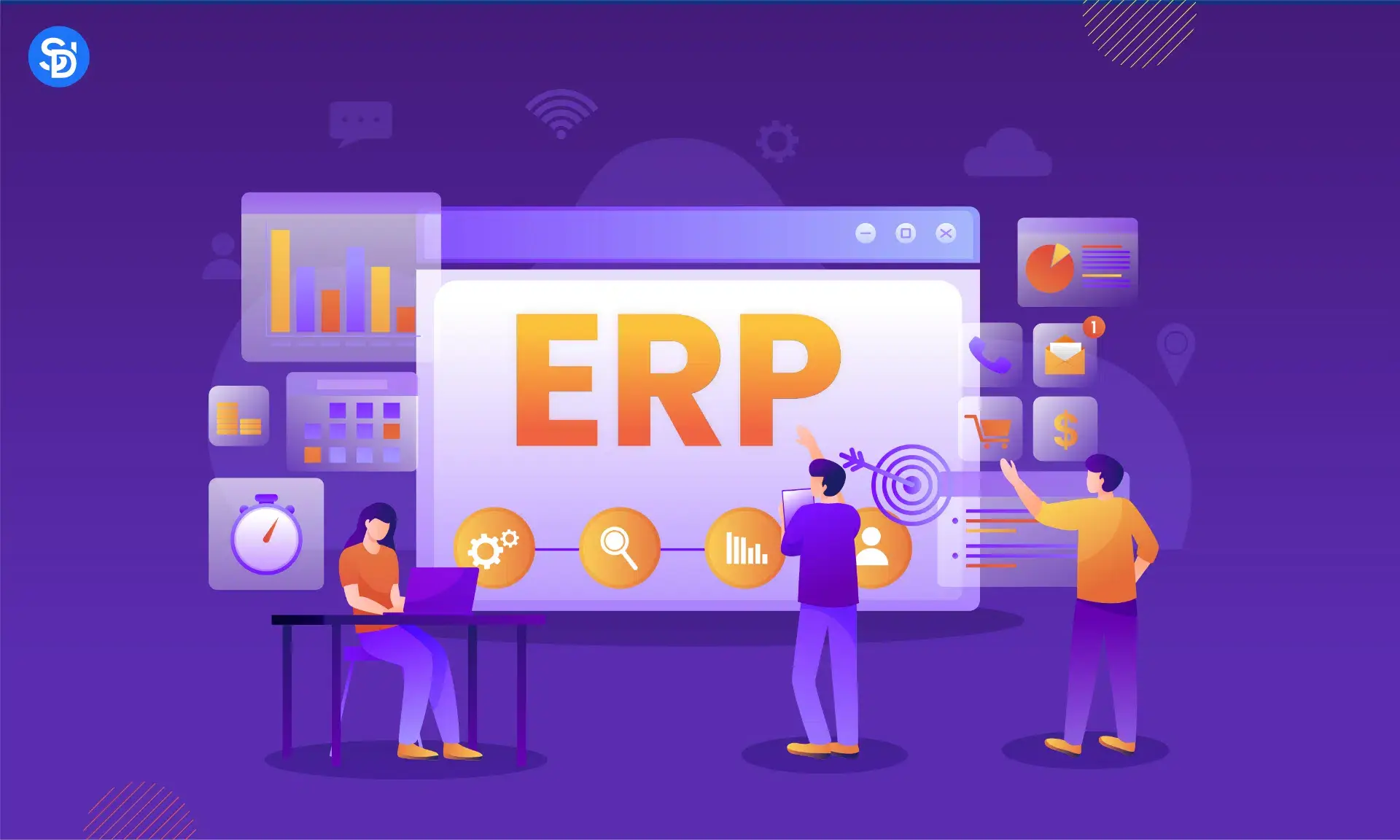Decoding ERP Software Development: Cost, Pricing, and Key Features
In the realm of business management, Enterprise Resource Planning (ERP) software has emerged as a powerful solution to streamline operations, enhance efficiency, and drive growth. However, understanding the intricacies of ERP software development, including the associated costs, pricing models, and essential features, is essential for businesses seeking to harness its potential. In this blog, we'll delve into the world of ERP software, demystifying the development cost, pricing factors, and key features that shape this transformative technology.
Understanding ERP Software
The stock market is a dynamic arena where timing is everything. Investors require instant access to stock prices, market trends, and breaking news. A well-crafted stock market app can bridge this gap, offering a user-friendly interface that enables users to monitor and manage their portfolios seamlessly.

ERP Development Costs
The cost of developing ERP software can vary significantly based on several factors:
- Scope and Complexity: The more extensive and intricate the ERP system, the higher the development costs. Customization requirements also play a crucial role in determining the scope.
- Technology Stack: The choice of technology stack, including the programming language, databases, and development tools, can influence costs.
- Features and Modules: The number and complexity of features and modules integrated into the ERP system directly impact development expenses.
- Integration Needs: Integrating the ERP software with other existing systems within the organization can increase costs.
- Deployment Model: The deployment model (cloud-based or on-premises) also affects development and operational costs.
- Maintenance and Support: Post-development maintenance and support expenses must be considered.
The cost of development is influenced by factors such as the development team's location, the app's complexity, and the features you want to incorporate. It's important to collaborate with a skilled development team to accurately assess the project's scope and budget.
“After taking into account all these essential aspects, we estimated that the inclusive cost to develop a stock trading app would be around $20,000 to $100,000. Although, as we have mentioned, lastly it will entirely depend upon the business requirements and app intricacy.”
Pricing Models
- Subscription-Based: Users pay a recurring fee, often monthly or annually, to access the ERP software and receive updates and support.
- Perpetual License: Users make a one-time upfront payment for a perpetual license, which may include additional costs for maintenance and support.
- Open Source: Some ERP solutions are available as open-source software, where users have access to the source code but may incur costs for customization, implementation, and support.


Key Features of ERP Software
The success of an ERP system lies in its features. Here are some key functionalities that are commonly integrated into ERP software:
- Financial Management: Modules for accounting, budgeting, and financial reporting.
- Human Resources: Tools for employee management, payroll, and workforce planning.
- Supply Chain Management: Features for inventory control, procurement, and order management.
- Customer Relationship Management (CRM): Capabilities for managing customer interactions and improving relationships.
- Business Intelligence and Analytics: Tools for data visualization, reporting, and decision support.
- Inventory and Warehouse Management: Efficient tracking and management of stock.
- Manufacturing and Production: Modules for production planning, scheduling, and quality control.
- Compliance and Security: Ensuring regulatory compliance and data security.
Conclusion
“ERP software development is a strategic investment that can revolutionize the way organizations manage their operations. To embark on this journey successfully, businesses must assess their unique needs, budget constraints, and objectives. By understanding the cost factors, pricing models, and essential features of ERP software, organizations can make informed decisions and leverage this transformative technology to drive growth, efficiency, and competitive advantage. ERP software is not just an expense; it's an investment in the future of business management.”





